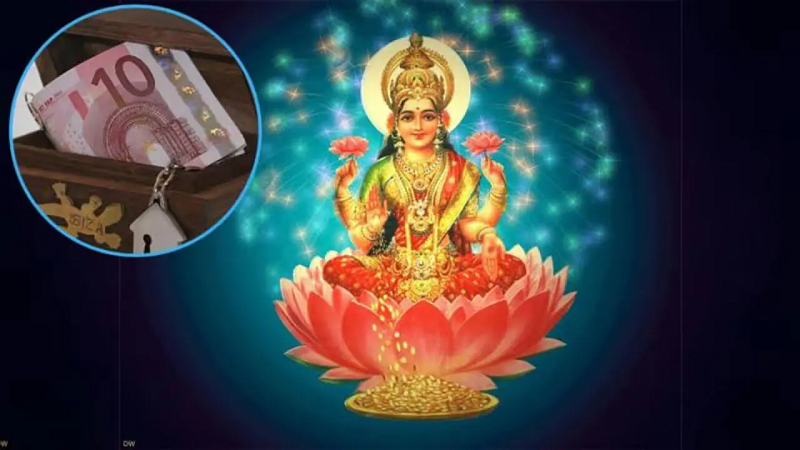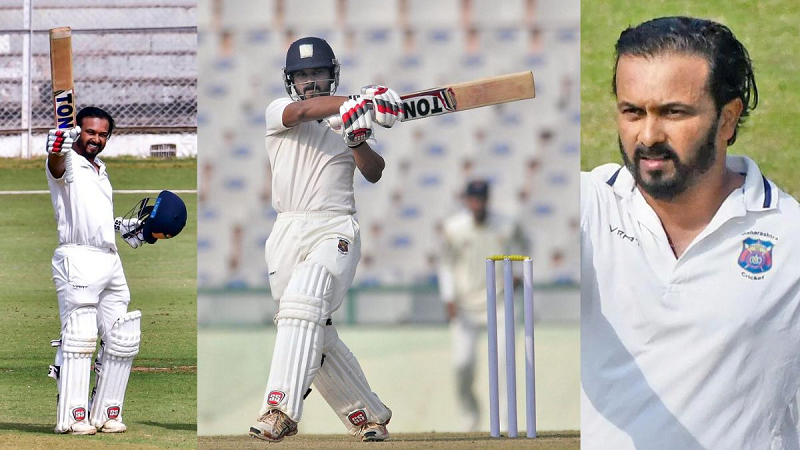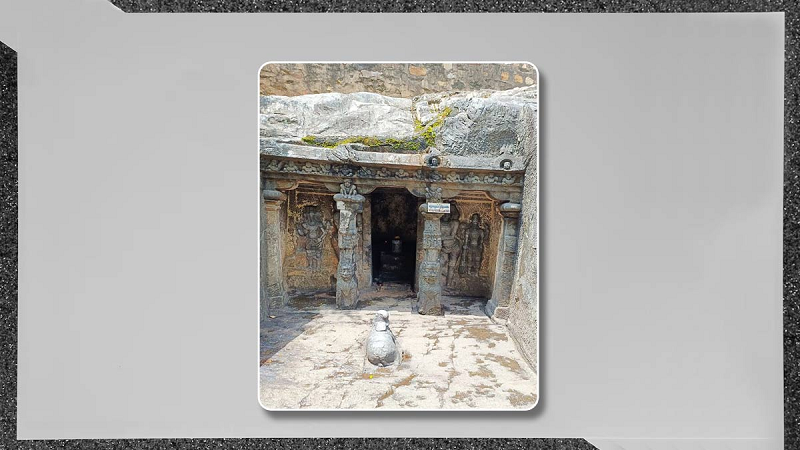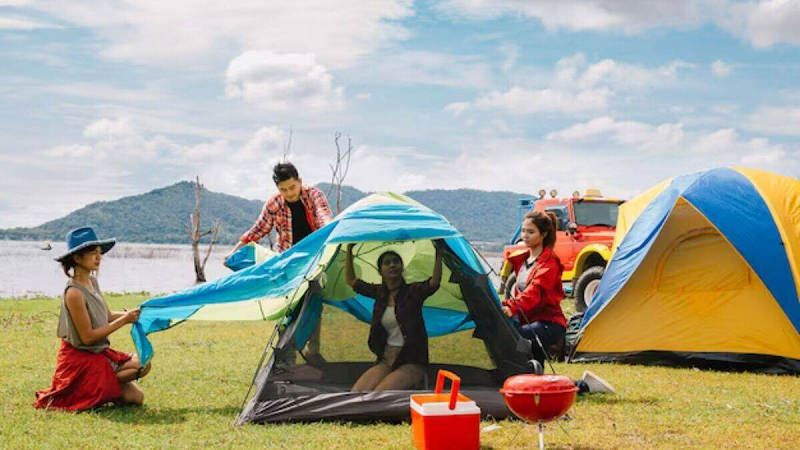Maharashtra is such a state of India which has a distinct identity in the whole world due to its historical and cultural heritage. Maharashtra is called the stronghold of forts. There are more than 350 forts in the whole of Maharashtra, which still present a unique example of their architecture. Most of the famous forts in Maharashtra were built by Chhatrapati Shivaji Maharaj and his Maratha Empire which are still standing strong. Architecture and history lovers are among those who come to see these forts which attract tourists from India and abroad. The major forts of Maharashtra are famous for their unbroken history, architectural beauty as well as adventure activities like trekking due to their breathtaking views. Today we are going to tell our readers about some such selected forts of Maharashtra-

Raigarh Fort
It is a hill fort located at Mahad in the Raigad district of Maharashtra. It is one of the strongest forts on the Deccan Plateau. It was earlier known as Raiari or Raiari Fort. Many constructions and structures at Raigarh were built by Chhatrapati Shivaji and the chief engineer was Hiroji Indulkar. Chhatrapati Shivaji made it his capital when he became king of the Maratha Empire in 1674, which later developed into the Maratha Empire, which eventually included much of western and central India. The fort is 820 m (2,700 ft) above base level and 1,356 m (4,449 ft) above sea level in the Sahyadri mountain range. There are about 1,737 steps to reach the fort. The Raigad Ropeway, an aerial tramway, reaches a height of 400 meters (1,300 ft) and a length of 750 meters (2,460 ft) and helps visitors reach the fort from the ground in just four minutes.
The actual construction of Raigad Fort was done by Chandra Rao Morse in 1030, during which the fort was known as Rairi Fort. In the year 1656, this fort came under Chhatrapati Shivaji Maharaj, after which he renovated and expanded the fort and changed its name to Raigarh Fort, which is still resonating with his heroic stories.
This fort, which is included in the most famous fort of Maharashtra, is a symbol of pride for the Marathas, which reminds them of their bravery and courage. Raigarh Fort is not just a historical tourist destination, it is a sacred place of pilgrimage bearing the imprint of the grand vision of Hindavi Swarajya cherished by Chhatrapati Shivaji. Most of the parts of the fort are in ruins but still boasts of the brave history of Marathas which remains a center of attraction for history lovers and Marathas.
Lohagarh
Lohagad is one of the many hill forts in the state of Maharashtra in India. Located close to the hill station Lonavala and 52 km (32 mi) northwest of Pune, Lohagad rises to an altitude of 1,033 m (3,389 ft) above sea level. The fort is connected to the neighboring Visapur Fort by a small causeway.
Lohagad has a long history, having been occupied by several dynasties at different times—the Lohatamiyas, the Chalukyas, the Rashtrakutas, the Yadavas, the Bahamanis, the Nizams, the Mughals, and the Marathas. Chhatrapati Shivaji Maharaj captured it in 1648 AD but was forced to cede it to the Mughals by the Treaty of Purandar in 1665 AD. Chhatrapati Shivaji Maharaj recaptured the fort in 1670 AD and used it to keep his treasury. This fort was used to keep the goods won from Surat. Later during the time of Peshwa, Nana Fadnavis used this fort as a residence for some time and built many structures in the fort like a large tank and a stepwell.

Jain inscription
On the south side of the Lohagad Fort, there are caves in front of Lohagadwadi. In September 2019 an inscription in Jain Brahmi script in the Prakrit language dated to the 2nd or 1st century BCE was discovered in a rock cave by a team of trekkers from Pune. The inscription was studied by Dr. Shrikant Pradhan, an ancient Indian painting scholar working at the Deccan College Post Graduate and Research Institute.
The inscription was found on the outer wall of a rock-cut cave on the rock on the eastern side of the Lohgad fort, close to Lohgadwadi village. The inscription is written in Brahmi script and the language Prakrit is influenced by Sanskrit. This inscription R.L. An inscription discovered by Bhide in the Pale Caves (Maval) and studied by archaeologists HD Sankalia and Shobhana Gokhale in 1969 is similar but more descriptive. It begins with Namo Arihantanam, which is commonly used by Jains. Navkar Mantra alludes to the fact that the Lohgarh cave is a Jain rock-cut cave. The inscription in the Pale Caves also begins similarly and was considered a Jain inscription based on the study of Sankalia and Gokhale.
The inscription mentions the name Ida Rakhita, meaning Indra Rakshita, who donated water troughs, and rock-cut benches for settlements in the area. The inscription of Pale also mentions the same name. The newly discovered inscription is 50 cm wide and 40 cm long and is written in six lines. Lohagarh Jain cave is near the fort. The fort has been declared a protected monument by the government.
Shivneri Fort
Shivneri Fort is an ancient fort situated on a hill 300 meters high in the city of Junnar in the Pune district of Maharashtra, which is known as one of the most famous forts of Maharashtra. Significantly, this famous fort of Maharashtra is famous for being the birthplace of Chhatrapati Shivaji Maharaj, the founder of the Maratha Empire. The fort was constructed in a unique triangular shape and had several mosques, ponds, and a mausoleum inside it. To visit this fort situated on a hill 300 meters high, you have to cross seven gates. It is known from the gates of this fort how good the security of this fort was at that time.
Significantly, the most special attraction of Shivneri Fort is a statue of Shivaji with his mother Jijabai. Shivneri Fort is surrounded by a slope from all sides and tourists coming here find this slope attractive.
Jaigarh Fort
Jaigarh Fort, also known as the Fort of Victory, is one of the major forts in Maharashtra. Located near Jaigarh village and about 20 kilometers northwest of Ganapatipule, the remains of Jaigarh Fort stand perched on a rock overlooking the Jaigarh Creek where the Shastri River enters the vast and mesmerizing Arabian Sea. Considered to be the main historical heritage of Maharashtra, this fort was built by the Bijapur Sultanate in the 16th century. Some people believe that several attempts were made to build the majestic fort but all were in vain without human sacrifice. Due to this reason, the construction of the fort could not be done, a boy named Jaigarh voluntarily sacrificed his life after which the construction of the fort could be completed. The fort was named Jaigarh Fort to always remember the sacrifice of the young man.

Murud Janjira Fort
Murud Janjira Fort is a mighty fort situated on an island in the coastal village of Murud, Maharashtra. It took 22 years to build this 350-year-old fort. The height of Janjira Fort is about 90 feet from the beach while the depth of its foundation is about 20 feet. It is worth mentioning that Murud Janjira Fort is spread over an area of 22 acres along with 22 security posts. This famous fort of Maharashtra is awe-inspiring and remains a center of attraction for its interesting facts, historical importance, and architecture.
The most spectacular attraction of this famous Janjira Fort is the three huge cannons of the fort known as Kalal Bangadi, Chavari, and Landa Kasam. Apart from this, there are two important gates in Murud Janjira Fort. The main gate of which faces the jetty and its entrance leads you to the Durbar or Durbar Hall.
Panhala Fort
Panhala Fort is a famous and historical fort located 1312 feet above the ground on a route in the Sahyadri mountain range near Kolhapur, Maharashtra state, which is counted among the most famous forts of Maharashtra. Built during the reign of the Shilahara dynasty, Panhala Fort holds its place among the largest forts in India while it also holds the distinction of being the largest fort in the Deccan region. Overlooking the green slopes of the Sahyadris, the fort has three double-walled gate gates along with about 7 kilometers of fortifications. The fort bears witness to the ancient Indian heritage and the illustrious rule of Shivaji Maharaj, making it one of the most favorite forts in Maharashtra to visit for history lovers. Being situated at an altitude of about 4000 feet from the ground, the Panhala Fort also offers panoramic views of the surrounding mountain ranges, which remains a center of attraction for history lovers as well as tourists.
(PC: Lifeberrys)










